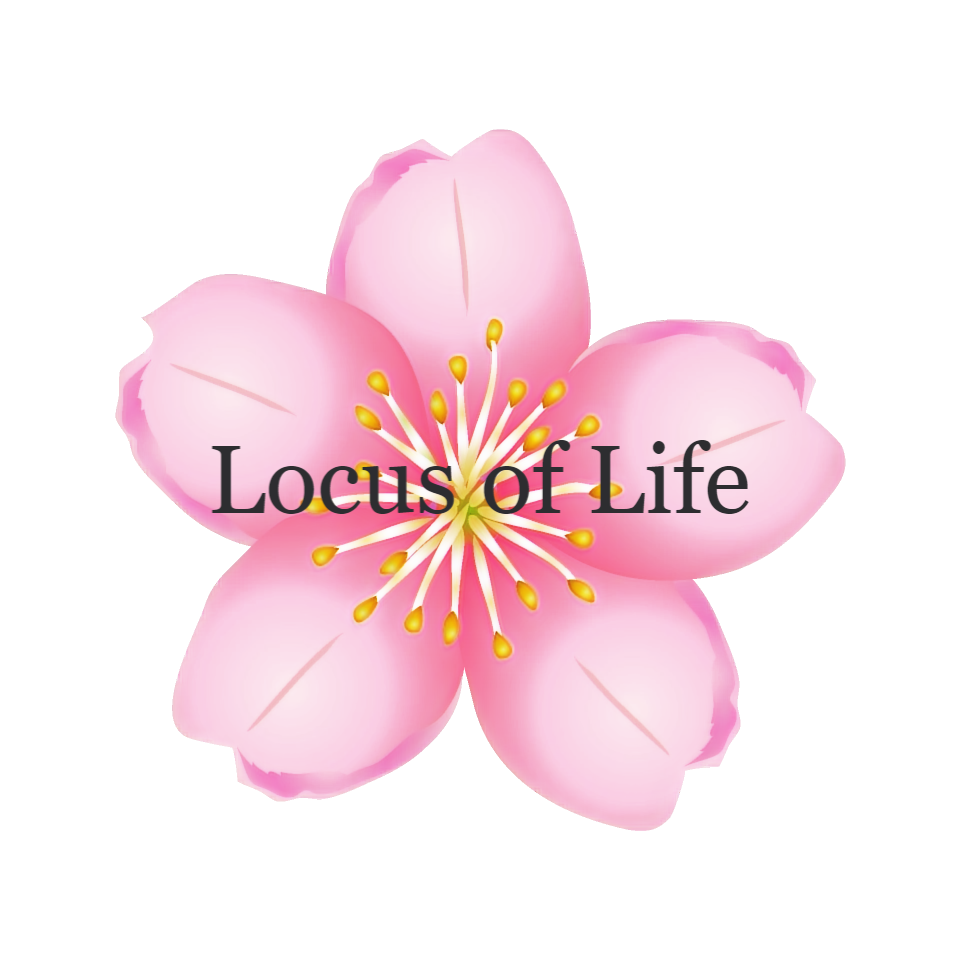"Disorganised Attachment Style: The Truth Behind the Feeling of Wanting to Love but Being Afraid"
- Locus of Life

- Jul 4
- 3 min read
Updated: Sep 7
Within our hearts, there exists a strong desire to connect with others, alongside an instinct to protect ourselves from being hurt. These two feelings coexist and often conflict, shaping the way we build relationships.
Have you ever found yourself conflicted, wanting to get close to someone but at the same time feeling unsure or afraid about how to manage the distance? This experience may be related to what is known as the disorganised attachment style.
What is Disorganised Attachment Style?
There are various types of attachment styles, but disorganised attachment is particularly characterised by complex and fluctuating emotions caused by conflicting feelings.
Often, this style is rooted in an unstable or traumatic environment during childhood. For example, if caregivers were emotionally inconsistent, if affection was unpredictable, or if there was experience of violence, rejection, or betrayal, a subconscious belief may form that "love is something accompanied by fear and danger."
As a result, the individual experiences a strong desire to love coupled simultaneously with fear of it, leading to contradictory emotions and behaviours. Those with a disorganised attachment style often want to connect deeply with others but feel conflicted and uncertain about how to maintain closeness due to past traumas and anxieties. It is common for such individuals to simultaneously crave affection and harbour strong fears or mistrust.
Characteristics and Behavioural Patterns of Disorganised Attachment
People with a disorganised attachment style may show the following traits:
Sudden and intense emotional fluctuations within intimate relationships
Contradictory behaviours; for example, wanting to get close but then suddenly withdrawing out of fear
Mixed signals of affection and rejection
Unstable self-esteem and tendencies to over-interpret others’ words or actions
Difficulty putting feelings into words and expressing inner confusion
Their relationships can become chaotic, sometimes inadvertently causing turmoil for both themselves and others
These behaviours are not deliberate but rather unconscious responses developed in childhood to protect the self in unstable attachment relationships.
Real-life Examples of Disorganised Attachment
I know someone who experienced harsh words and physical abuse from her mother during childhood. Now, she deeply wishes to build a happy family with her partner and children, yet sometimes feels that "being alone is easier," and these emotional swings significantly affect her relationship.
Similarly, my ex-husband showed signs of disorganised attachment. He was physically abused by his mother as a child and received affection only sporadically when she needed him, otherwise facing rejection.
When we travelled together early in our marriage, we bought souvenirs for our respective parents. Despite frequently saying things like "I hate my parents" or "I don’t care about them," he constantly worried during the trip whether he had bought enough or the right presents.
At the time, I was puzzled. Why would someone who claimed to hate their parents care so much? Later, I realised that beneath it all was a deep yearning to be truly loved and accepted.
This coexistence of conflicting feelings is exactly what defines the disorganised attachment style.
Key Points When Relating to Someone with Disorganised Attachment
People with disorganised attachment often struggle to control their emotions and may feel confused. This can make it difficult for those around them to know how to respond.
It is crucial, however, to patiently build trust in a gentle manner.
Avoid pressuring them to "talk" and respect their pace
Accept contradictory behaviours without denial, showing an open and understanding attitude
Create a safe environment where they can comfortably express their emotions
Consider seeking professional support where appropriate
Even when their behaviour seems confusing or hard to understand, remember it is underpinned by a heartfelt desire to be loved without getting hurt.
In Closing
Disorganised attachment style is delicate and complex, but by deepening understanding, both those affected and their loved ones can alleviate much of the emotional burden.
If you suspect this might resonate with your own experiences, be gentle with yourself.
Facing inner wounds with compassion and courage is a significant step towards healthier relationships and a more authentic life.
How" Locus of Life" Can Support Your Healing
Recognising patterns of disorganised attachment is not easy to face alone. At Locus of Life, we provide support to deepen your understanding of attachment styles and gently rebuild a nurturing relationship with yourself.
Whatever you are feeling — even if you don’t know what to do next — bring that with you. Together, we will create a foundation of safety and trust.



Comments